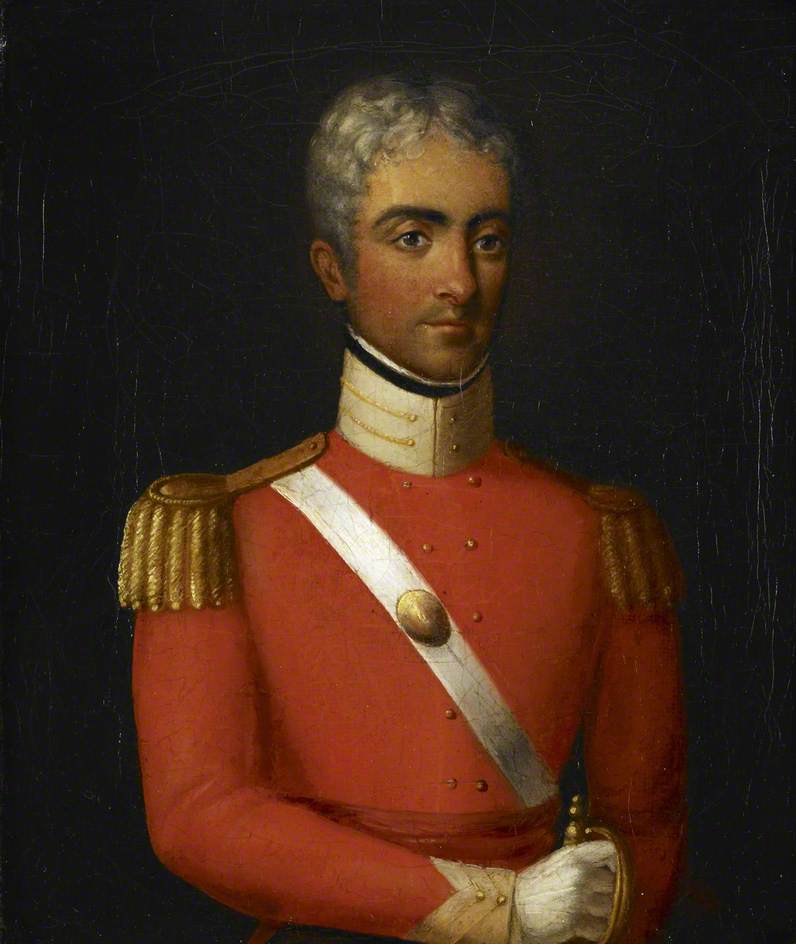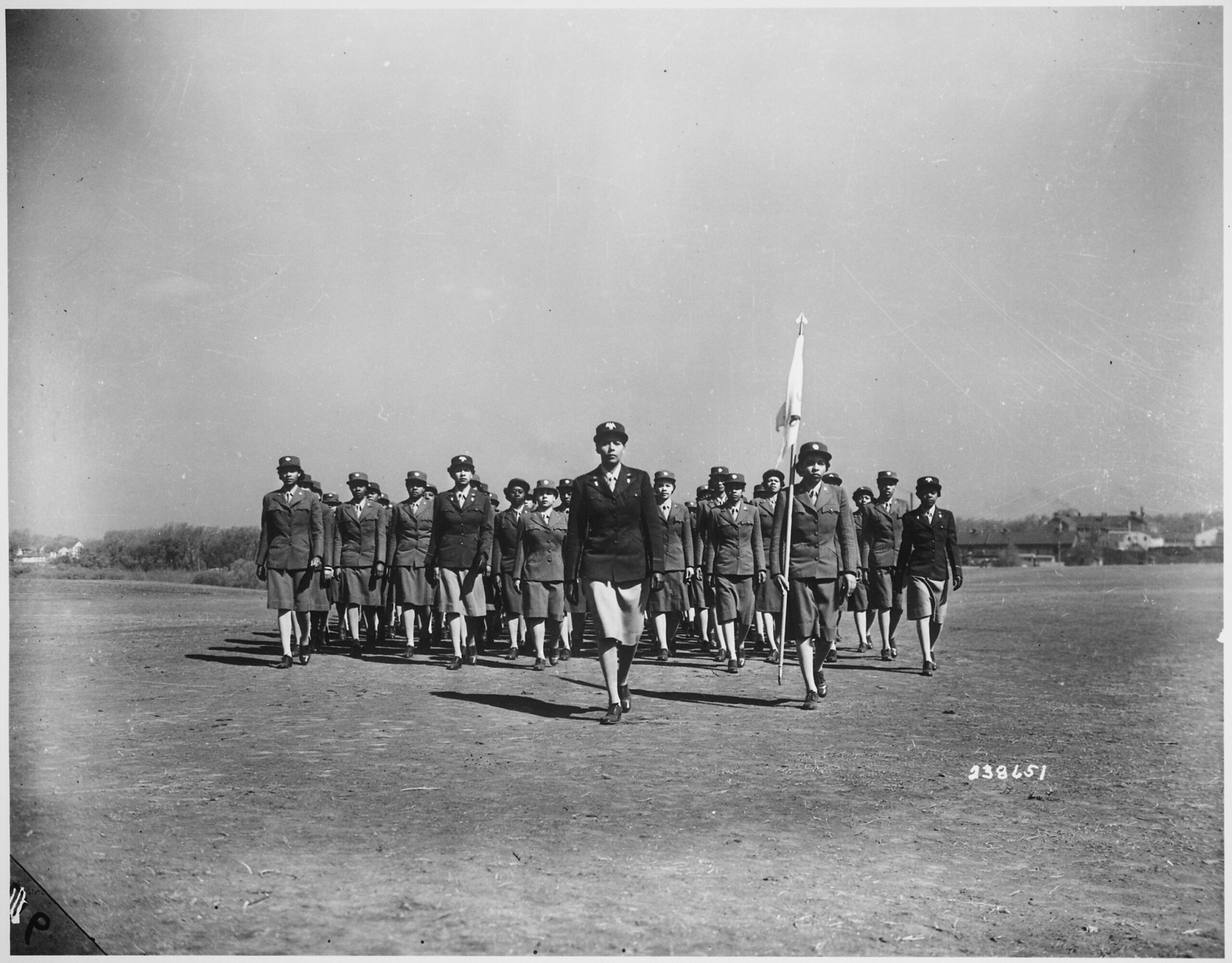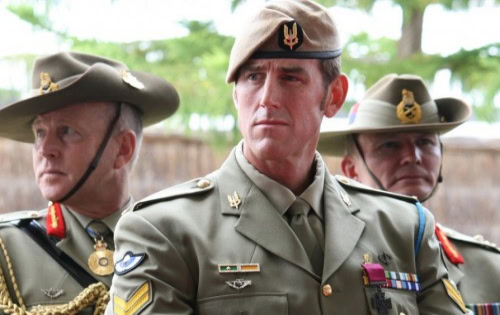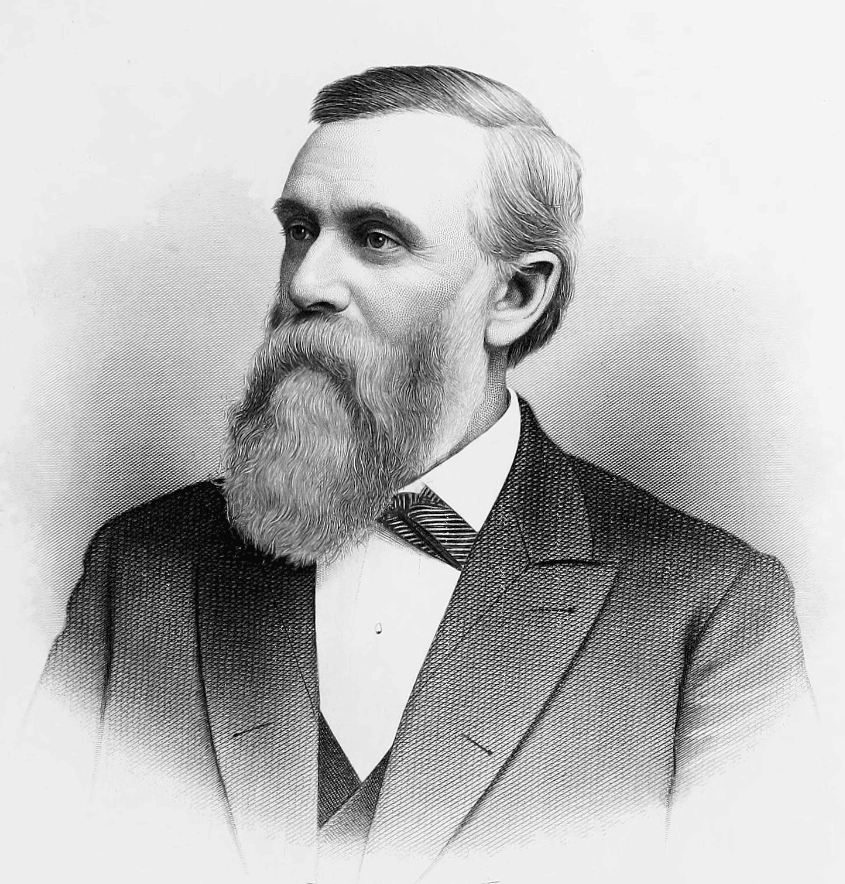We won’t go into the entire remarkable career of Lieutenant Colonel Charity Adams Earley with the Women’s Army Corps (WAC), but will look at an incident in 1946, and what followed.
Major Adams, as she was then, was commanding officer of the 6888th Battalion. The battalion was stationed in Birmingham UK, and was charged with getting mail to US troops in the European Theater of Operations (ETO), all seven million of them. More than 7,500 of those troops were named “Robert Smith.” Yeah.
There was a huge backlog – 17 million pieces of mail – when the Six Triple Eight arrived in England, and they were given six months to clear it up. It took them only three months, in part because Major Adams had the battalion working in three shifts around the clock. They created their own filing system for the task. “No Mail, Low Morale,” was their motto.

Captain Robert Smith, Bengal Engineers. Yes, I’m Robert Smith, and I’m expecting a letter from home. It might be addressed to “Bobs.”
The Six Triple Eight was composed largely of Black women and this was such a curiosity then that “we were inspected, visited, greeted, checked out, congratulated, called upon, supervised, and reviewed by every officer of any rank in the United Kingdom who could come up with an excuse to come to Birmingham,” Adams wrote in her book One Woman’s Army: A Black Officer Remembers the WAC. “They wanted to see for themselves.”
One such officer was a White general whom Adams does not name. Let’s call him General Robert Smith. (As far as we know, he never sang “Boys Don’t Cry.”) He was taken on a tour of the facilities, given lunch, and then presented with all the troops available for inspection – a third of the total number.
“Adams, where are the other personnel of this unit? It certainly does not look like a battalion to me.”
“Yes, Sir, but we work three eight-hour shifts, so some of the women are working.” Another third were sleeping, she explained.
“I wanted to review your troops. That means all of them.”
“But, Sir, our instructions were – ”
“I’ll tell you what I am going to do, Major Adams. I’m going to send a white first lieutenant down here to show you how to run this unit.” This was said in a voice loud enough to be heard by all present.
Adams wrote that it took her a fraction of a second to realize that “I would no longer be able to command if I did not make the proper response to the general.” She replied promptly.
“Over my dead body, Sir.”
“He sputtered and finally said, ‘You’ll hear from me, Adams.’ He saluted to indicate my dismissal from his presence and walked to his limousine. As I watched the general’s limousine slowly disappear from view, it dawned on me that I was in trouble.”
Indeed, that evening Adams and her immediate staff got a call from someone on General Smith’s staff warning that he’d been asked to draw up court-martial charges against Adams.
“After much deliberation someone, probably Sergeant Jones, who handled the filing, remembered some letters from SHAEF [Supreme Headquarters American Expeditionary Forces] that cautioned unit commanders about using language that stressed racial segregation so that our allies would not suspect disharmony among American troops…. My own ‘war council’ helped me to decide to put these letters to an unintended use. I would draw up court-martial charges against the general on the grounds that he had disobeyed a directive from SHAEF Headquarters. That was stretching a memorandum into a directive, but I had nothing to lose and everything to gain.”
After three days, Adams got word that General Smith was dropping his charges on the grounds that because Adams was the highest-ranking WAC officer in the ETO, and the court-martial had to heard by senior officers, it would be too expensive to fly them to Europe for the purpose. Accordingly, Adams dropped her plans to court-martial the general.
Adams, much relieved, thought she’d never have to see Smith again. Not so fast. Soon the Six Triple Eight was sent to France – and General Smith was in their line of command. Within days, Smith came to visit the battalion. “His manner was altogether different on this visit. His main concern was that we keep up the good work we had done in the United Kingdom. He was very pleasant, and you can be assured that I was. It was as if we had never met before that day.”
One day he appeared again. “[H]e showed up unannounced at the 6888th to say good-bye to me. I could not believe what he had to say.
“‘Adams, I’ve received my orders to return to the States. Otherwise, I would not be here. It’s not easy for me to say what I’ve come to say. Working with you has been quite an education for me, especially about Negroes.’ He had finally learned how to pronounce the word. I waited as he continued. ‘The only Negroes I have ever known personally were those who were in the servant capacity or my subordinates in the Army. It’s been a long time since anyone challenged me, black or white, but you took me on. You outsmarted me and I am proud that I know you. I would not have told you this if I thought I would ever see you again.’
“And I never did see him again.”
Was that an apology? Was it a good one?
We say this is an example of an apology that, although it does not follow our steps – or, really, anyone’s steps – to a good apology, still shows serious good intent.
He does NOT say “sorry” or “apologize,” but there’s no doubt that he’s sorry and is going out of his way to let Adams know. He is not specific about what he did, but he is specific about why he thought and acted as he did. He humbles himself by saying he was outsmarted, and shows her respect by saying he’s proud to know her.
The bizarre part is “I would not have told you this if I thought I would ever see you again.” In other words, he doesn’t feel like he can face anyone he’s apologized to. He feels too humiliated.
Okay. One: He was raised wrong. Two: He’d have apologized even better if he read SorryWatch. Three: He was probably wrong about not being able to face anyone he’d apologized to, because most people, like us, would think better of him after that. And his conscience would be clear.
Image Credits: Image: Department of Defense. National Archives. Public domain., Painter: Jivan Ram. Circa 1830. British Library. Public domain. , Image: Office of Governor-General of the Commonwealth of Australia. CC-BY-3.0., Robert A. Smith. Author unknown. 1892. Public domain.



